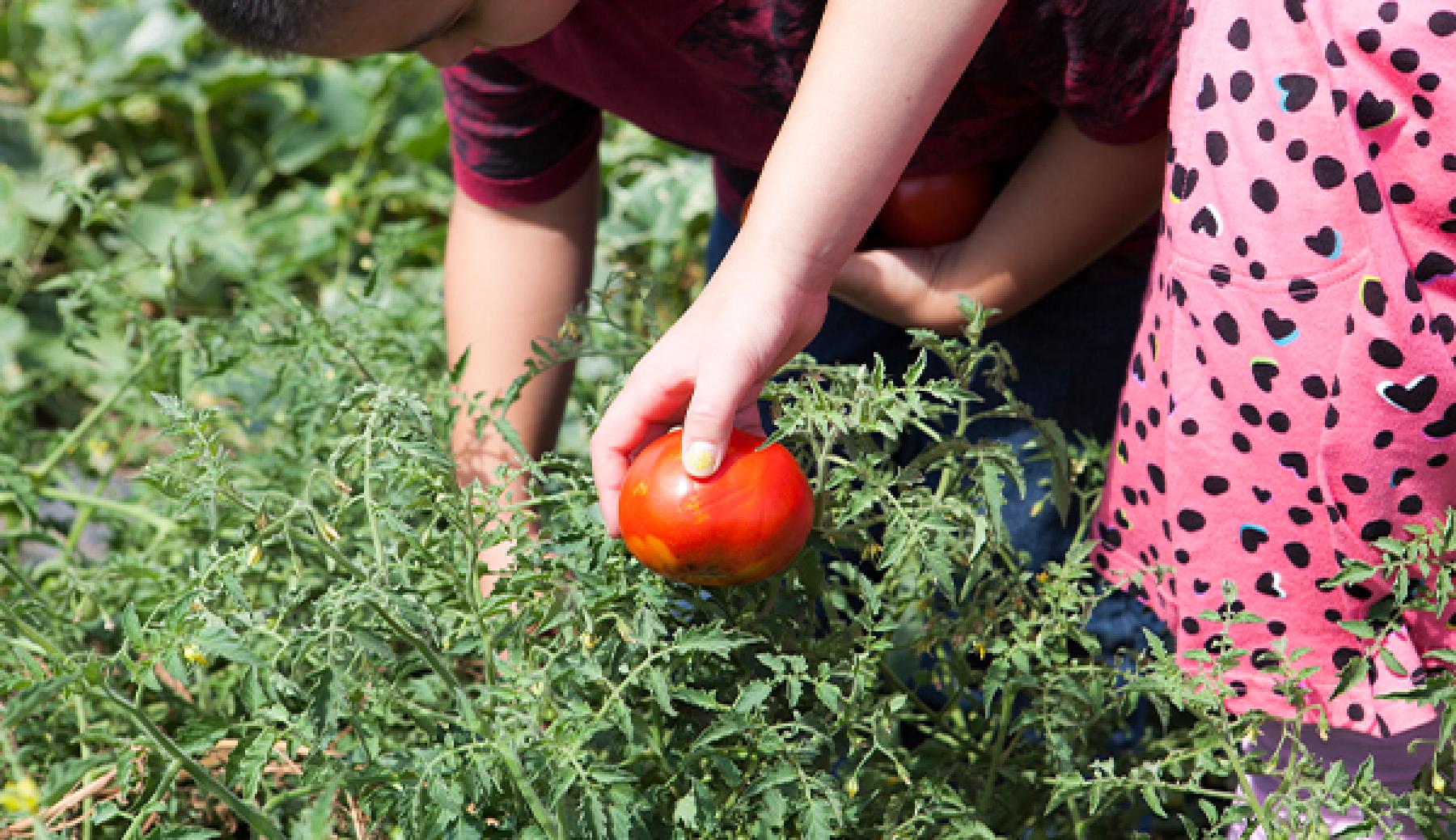Hunger in a Land of Plenty

This is the fourth blog in a series analyzing 2019 County Health Rankings data.
One in ten Coloradans (11 percent) is food insecure – meaning they lack consistent access to a reliable food source during the past year. That’s over a half a million Coloradans.
Colorado has improved over the past two years – down from 13 percent of Coloradans being food insecure. Today we do better than the national average (13 percent), according to new data from the Robert Wood Johnson Foundation’s County Health Rankings. Most Coloradans have plenty of good food to eat. However, rural pockets of the state fare worse. In some counties, nearly one in seven residents report being food insecure. Addressing food insecurity is important because it impairs child development and increases the risk of poor health outcomes such as undernutrition and impaired cognitive development. Lacking access to food is also related to negative outcomes such as weight-gain and premature death.
The good news is numerous public and private sector efforts are under way to improve food security. For example, the National School Lunch Program, the School Breakfast Program, and Supplemental Nutrition Assistance Program (SNAP) are working to tackle food insecurity for children and adults in Colorado. The state also has a multi-year plan to end hunger called “The Colorado Blueprint to End Hunger.” This plan aims to maximize enrollment in nutrition programs like SNAP and expand the number of Coloradans who can access the food they need through community organizations.
Rural Pockets Among Most Food Insecure
Crowley and Dolores are the rural counties with the highest percentage (15 percent) of people facing food insecurity.
Conejos County, conversely, fares among the best among all Colorado counties, with only 7 percent of the residents facing such insecurity. Additionally, Conejos County only has three percent of its low-income residents reporting limited access to food, according to the Health Rankings. One of the possible explanations is that the San Luis Valley Local Coalition has been working to develop a region-wide food hub in Conejos County as well as other counties in the San Luis Valley. The local coalition has coordinated efforts to ensure access to nutritious food, especially for low-income residents and communities of color. More work needs to be done to have an impact in surrounding areas.
Food insecurity often happens when people are facing other hardships due to low incomes, such as difficulty affording housing, social isolation, health problems, and medical costs.
Food insecurity continues to be a largely rural problem in Colorado and across the United States. Rural areas tend to have higher poverty and unemployment rates, which affect people’s ability to access nutritious food. But food insecurity is not just an issue of poverty in rural areas.
One study showed that rural areas in the U.S. have seen a decrease in the number of grocery stores in the past decade. It also showed that rural areas tend to lack the infrastructure of bigger cities, so resources like public transportation aren’t able to get people to the grocer.
var divElement = document.getElementById('viz1556660468504'); var vizElement = divElement.getElementsByTagName('object')[0]; vizElement.style.width='1016px';vizElement.style.height='991px'; var scriptElement = document.createElement('script'); scriptElement.src = 'https://public.tableau.com/javascripts/api/viz_v1.js'; vizElement.parentNode.insertBefore(scriptElement, vizElement);
Grocery Stores are Hard to Find for Some Low-Income Coloradans
The Health Rankings also looks at access to healthy foods among low-income residents.
Five percent of Coloradans who are low-income do not live within 10 miles of a grocery store. And while Colorado fares slightly better than the nation (6 percent), some Colorado counties significantly lack access to healthy food (see map).
In four rural Colorado counties, almost half of low-income residents do not live near a grocery store — Dolores, San Juan, Costilla, and Kiowa.
Living in food deserts is correlated with a higher prevalence of overweight, obesity, diabetes, and premature death. The farther away someone lives from a grocery store, the harder it is to maintain a healthy diet of fresh fruits and vegetables. Along with food insecurity, limited access to healthy foods contribute to a community’s food environment. This can worsen other health outcomes such as obesity or diabetes. Costilla has roughly one in 10 (nine percent) adults diagnosed with diabetes – among the worst in the state. Kiowa tanked just behind Costilla at eight percent. Additionally, in Costilla and Kiowa one in five (22 percent) adults are obese.
Ways to Address Food Insecurity
Colorado already works to improve food security through several programs. In 2013, the Colorado legislature created the Breakfast After the Bell Nutrition Program, which offers free breakfast to all students at schools that serve low-income populations. Additionally, kids can get healthy food through the National School Lunch Program and School Breakfast Program. The Supplemental Nutrition Assistance Program (SNAP) offers nutrition assistance to eligible, low-income Coloradans. Programs like The Colorado Blueprint to End Hunger work to maximize enrollment to SNAP among eligible Coloradans, and the Colorado Fresh Food Financing Fund helps improve access to healthy foods in underserved Colorado communities.
Colorado legislators voted to expand lunch for students through House Bill 19-1171. This bill would give high schoolers the same access to free or affordable school lunches as kids get through eighth grade.
According to the Centers for Disease Control and Prevention, students who participate in school meal programs consume more milk, fruits, and vegetables in addition to having better intake of certain nutrients. Additionally, eating breakfast at school is associated with fewer missed school days and better test scores.
Colorado has a number of local, state, and federal policies and programs to address gaps in access to nutritious food. However, significant pockets of the state still struggle to get access to healthy food, especially in rural counties. The Health Rankings can help spotlight the counties that need the most help.


